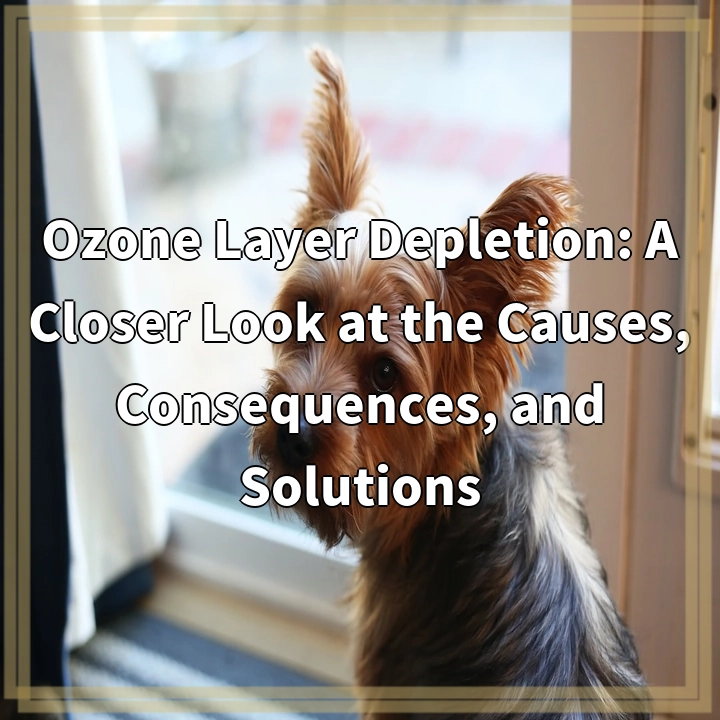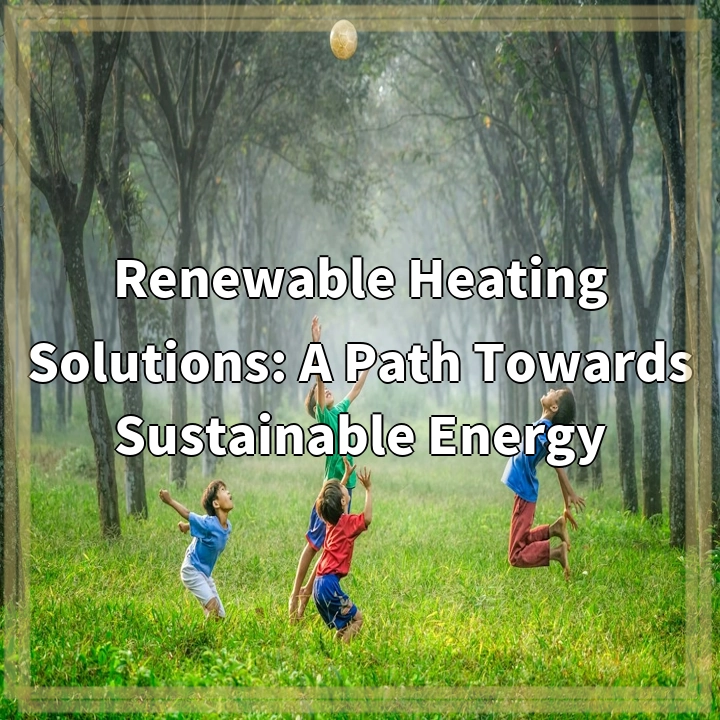
What is Ozone Layer Depletion?
Ozone layer depletion refers to the gradual thinning and destruction of the stratospheric ozone layer, which is located approximately 10 to 50 kilometers above our planet’s surface. The ozone layer plays a crucial role in protecting living organisms from harmful ultraviolet (UV) radiation emitted by the sun. It acts as a shield, absorbing the majority of the sun’s UV-B and UV-C radiation.
Real-World Problems Associated with Ozone Layer Depletion
The depletion of the ozone layer has serious repercussions for both the environment and human health.
Increase in Skin Cancer Cases
With a weakened ozone layer, more UV radiation reaches the Earth’s surface, leading to an increased risk of skin cancer. Countries with higher UV exposure, such as Australia and New Zealand, have experienced an alarming rise in skin cancer cases over the past few decades.
Harm to Marine Ecosystems
UV radiation not only affects humans but also harms marine ecosystems. Phytoplankton, the microscopic plants at the base of the marine food chain, are particularly vulnerable. These organisms provide oxygen, absorb carbon dioxide, and support various marine species. Increased UV radiation can disrupt their fragile balance and have cascading effects throughout the entire marine ecosystem.
Threat to Agricultural Productivity
UV radiation can also have detrimental effects on agricultural productivity. Plants exposed to excessive UV-B radiation can experience reduced crop yields and poor quality produce. This has a direct impact on food security and affects the livelihoods of farmers.
Depletion of Ozone in the Stratosphere Accelerates Climate Change
The ozone layer and climate change are interconnected. Certain chemicals responsible for ozone depletion, such as chlorofluorocarbons (CFCs) and hydrochlorofluorocarbons (HCFCs), are also potent greenhouse gases. These gases trap heat in the atmosphere and contribute to global warming, exacerbating the effects of climate change.
Solutions to Ozone Layer Depletion
International efforts have been successful in addressing the issue of ozone layer depletion, primarily through the implementation of the Montreal Protocol. This international treaty, signed by almost every country, aims to phase out the production and consumption of ozone-depleting substances.
Transition to Environmentally-Friendly Alternatives
One of the key solutions is the adoption of environmentally-friendly alternatives to ozone-depleting substances. Industries and individuals are encouraged to use substitutes and technologies that have a minimal impact on the ozone layer, such as natural refrigerants and non-ODS (ozone depleting substances) alternatives in products like aerosol sprays and foam packaging.
Public Awareness and Education
Creating public awareness and educating communities about the importance of protecting the ozone layer is crucial. By spreading knowledge and understanding, individuals can make informed choices, reduce their own contribution to ozone depletion, and advocate for change at a broader level.

Solutions to Ozone Layer Depletion
The real-world problems associated with ozone layer depletion require effective solutions to mitigate the damage and protect the environment.
Transition to Environmentally-Friendly Alternatives
Phasing out the production and consumption of ozone-depleting substances is crucial. Industries and individuals should adopt environmentally-friendly alternatives such as natural refrigerants and non-ODS alternatives in aerosol sprays and foam packaging.
Public Awareness and Education
Creating awareness and educating the public about the importance of protecting the ozone layer is essential. By spreading knowledge and understanding, individuals can make informed choices, reduce their contribution to ozone depletion, and advocate for change.















